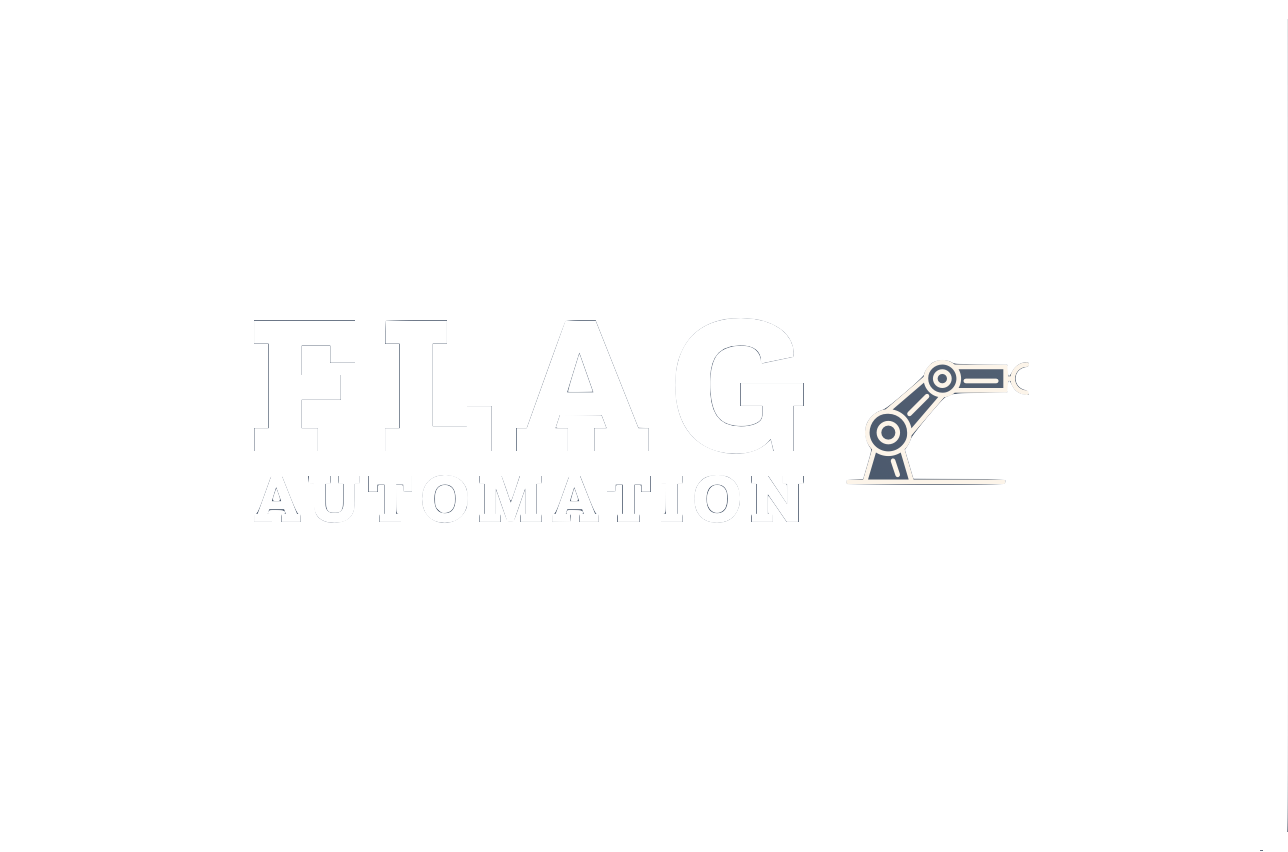The Robot Positioner is an auxiliary device for industrial robots, mainly used to adjust the position and angle of workpieces or fixtures to cooperate with robots for welding, cutting, spraying, assembly and other operations. Its main functions include:
Increase the working range and flexibility
The positioner can rotate or flip the workpiece, allowing the robot to more easily access the working area at different angles, especially in applications such as welding or spraying, to improve the processing quality.
Optimize processing posture and improve processing quality
By adjusting the position of the workpiece, ensure the best angle during welding, cutting or spraying, reduce defects, and improve consistency and accuracy.
Improve production efficiency
The positioner can reduce the robot's idle time, optimize the process path, and improve overall production efficiency.
Reduce robot complexity
By adjusting the workpiece posture, reducing the movement requirements of the robot body and reducing its axis number requirements, programming is simpler and the motion trajectory is more optimized.
Adapt to complex workpieces
The positioner is suitable for large or special-shaped workpieces, allowing robots to more easily handle multi-faceted or curved surface processing tasks.
Synchronous control with collaborative robots
Many modern positioners can be synchronized with robots to coordinate their movements with the robot and optimize the production process.
Main types:
Single-axis positioner (rotates one axis, suitable for simple flipping)
Dual-axis positioner (can rotate and tilt, suitable for more complex welding or processing)
Multi-axis positioner (such as three-axis or four-axis positioner, suitable for high-precision and complex workpieces)
Overhead or floor-track positioner (used in large-scale production lines to achieve overall displacement of the robot)

